Varieties and description of remontant roses

In the 19th century, the first remontant variety of roses was bred, and today they are the most popular plants in garden floriculture. How to care for flowers, names and descriptions of species, positive and negative sides of rose bushes - more in detail later in the article.
What it is?
Reparability is the ability of a plant to re-bloom in one season. Repaired rose varieties became a discovery in the world of breeding, since before that no plant from the Rosaceae family could bloom again.
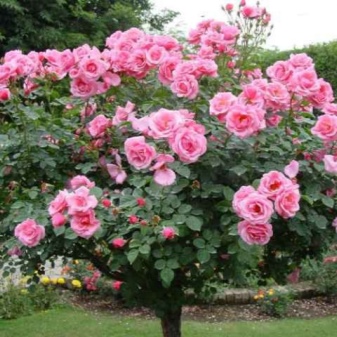
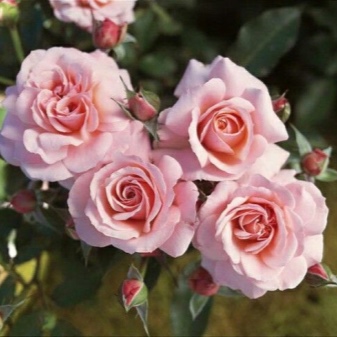
However, there are several disadvantages.
- Subsequent flowering is more scarce than the first. Today, they are struggling with this by breeding new resistant varieties of roses that are capable of long-term continuous flowering all season while maintaining the qualities of flowers.
- Low disease resistance. Compared to late varieties, remontant roses are more likely than others to develop fungus on the stems and leaves of the plant.
But still, remontant roses are still widely used for growing in garden plots. The fact is that these rose bushes are valued for the characteristics of flowers - size, aroma, color.
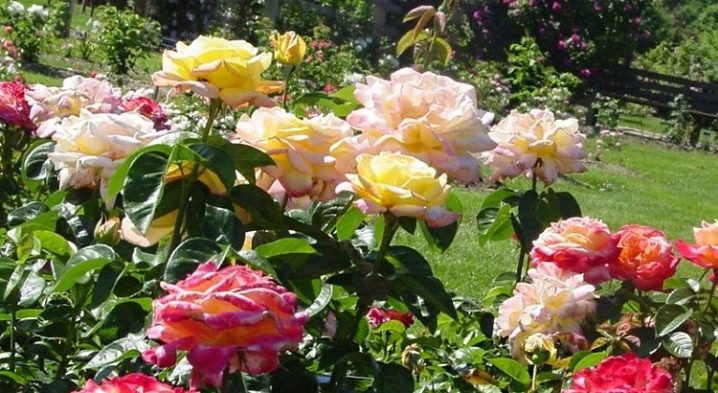
Peculiarities
According to the conditions of crop care, no additional or special procedures are required. The condition of the foliage and stems of the plant should be regularly inspected and preventive treatment of the bush from pests should be provided. The rose needs to be pruned to improve the quality of re-flowering. And also the addition of nitrogen fertilizers, which have a beneficial effect on foliage growth and the formation of flower buds. The repair rose is placed in areas where there is shade, which makes it possible to rarely water the plant.
On average, roses reach 150 cm in height. The plant spends the winter poorly, additional shelter of the bushes is required.
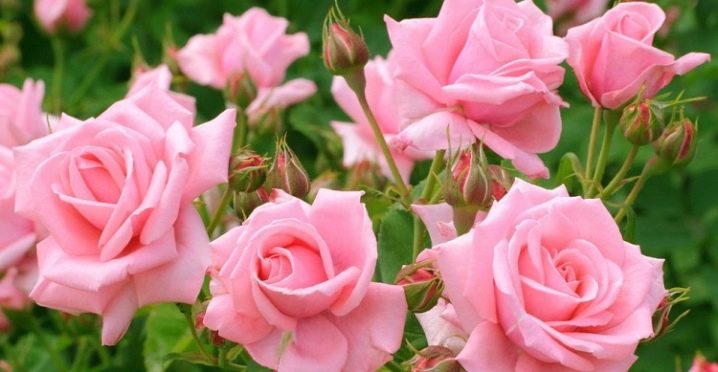
Roses are divided into three groups, differing in the color of the foliage and flowers, the shape of the leaf plate, the nature of growth and other signs.
- 1 group. Shrub species with falling leaves are damask, white, French and other roses.
- Group 2. Evergreen varieties with fast shoot growth and long flowering - Bourbon, hybrid tea, remontant, polyanthus, and so on.
- Group 3. Climbing plants of various shapes, sizes, types of flowers are such varieties as Orange elf, Gloria Day, Ave Maria, Virgo and others.
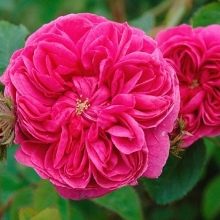
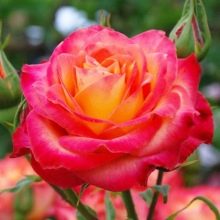
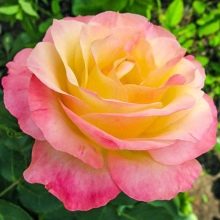
Varieties
Consider the most popular varieties of remontant roses.
- Georg Arends. The bud looks like a pointed cone. The flower is large, pink-colored with a satin sheen and tart aroma. The plant blooms at the end of May, the next flowering is in the middle of summer.
- George Dickson. Terry flowers are painted in saturated crimson colors with a transition to red. The bush is quite tall, belongs to the group of essential oil plants. Flowers are used in the perfumery and cosmetic industry.
- E. G. Werkmeyster. Flowers, like most remontant varieties, are large, double. Painted in bright yellow warm colors. The foliage is dark green with a shiny surface. Secondary flowering is weak, primary flowering occurs at the beginning of the summer season.

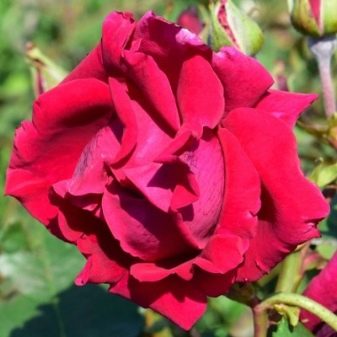
- Paul Neyron. Flowers outwardly resemble a bowl, large, double, deep red, located at the end of long, slightly drooping shoots. The aroma is persistent. The plant is capable of reaching 200 cm in height. Subsequent flowering occurs in the summer months.
- Prinz Max zu Schaumburg. Flowers are painted in soft salmon, coral colors. The aroma is intense, persistent. The flowering period is spring and summer.
- Ulrich Brunner Fils. Cup-shaped flowers in a red-carmine range, with a persistent aroma. Flowering occurs in spring and continues in summer, but not so abundantly.
- Frau Karl Druschki. The flowers are cup-shaped, white, some of the petals are pinkish. Refers to plants that can bloom until autumn, retains buds and blossoming flowers until the onset of cold weather.
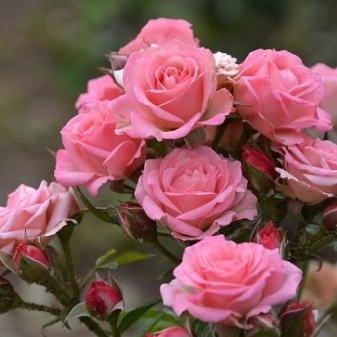

- Hugh Dickson. A bush with the largest crimson flowers turning into scarlet colors. Flowering occurs at the beginning of the summer season; in July, secondary flowering occurs.
- Ferdinand Pichard. The plant has a unique flower bud. The petals are colored crimson with vertical light stripes or spots. Each stem forms up to 5 ovaries. The aroma is strong. The bush is the most resistant to various diseases, but not resistant to precipitation. The maximum plant height reaches 200 cm.
- Baron Girod de L'Ain. The flowers are double, purple, red with a light edging. The aroma is persistent, fragrant. On the shoots, from 3 to 5 flower buds are formed. "Baron Giraud de l'Enne" reaches 150 cm in height and has an average resistance to rainfall and disease.
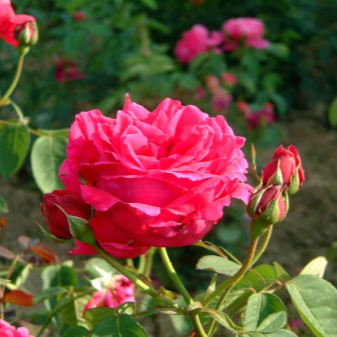

Bush care
Pruning of remontant roses is made in two types: medium, long. It is recommended to keep 8-12 buds on each last year's stem, and 4-6 on new ones. During the summer season, top dressing based on humus and peat is regularly applied to prevent the possibility of drying out of the soil and stimulate the development of buds, root system and shoots.
Mineral and organic fertilizers (nitrogen, liquid mullein, phosphorus, potassium) are applied according to the following scheme:
- the first feeding is done during the growth of the rose;
- the second - during the formation of buds;
- the third - after flowering;
- the latter - during the period of lignification of the shoots.
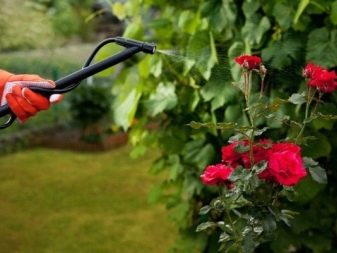
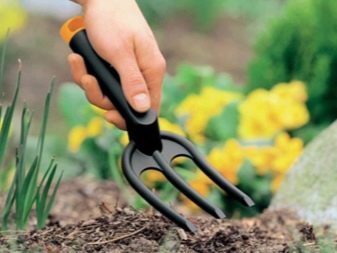
Repairing roses require constant loosening of the top soil to clear the bush of weeds, fallen flowers. Watering is abundant once a week, depending on the ambient temperature. It is necessary to spray with protective preparations once a month, as well as to manually inspect the shoots and leaves of the plant.
A repair rose requires shelter for the winter, for this the bush should be properly prepared. All flowers, buds, leaves and unripe shoots are removed, additional treatment with pesticides is performed. It is not recommended to prune the rose in the fall season, as this can weaken the plant and can lead to the death of the flower in the winter. Plants with matured and lignified trunks tolerate wintering more easily than weak and diseased plants. The success of wintering is influenced by the feeding system.
For repairing hybrids of old roses, see the next video.

































































































The comment was sent successfully.